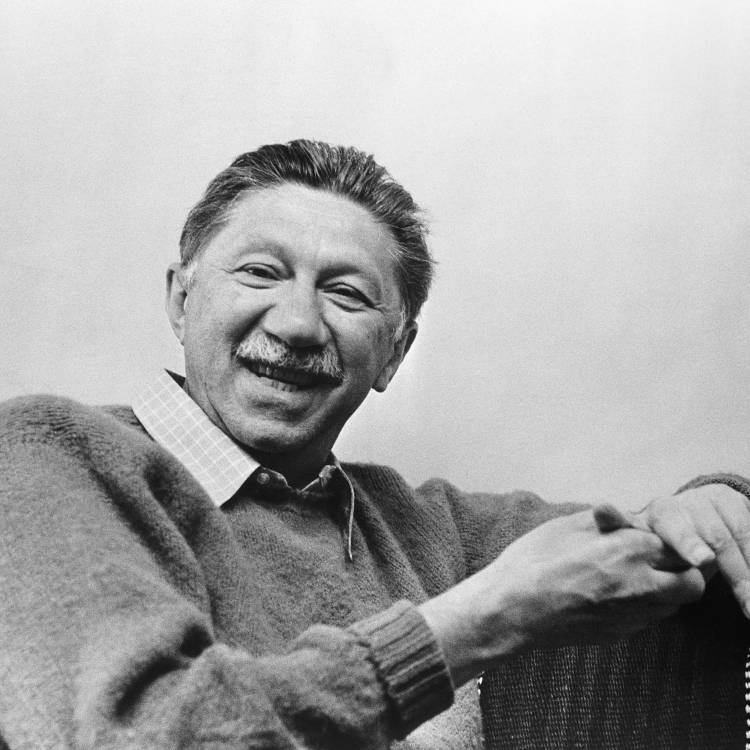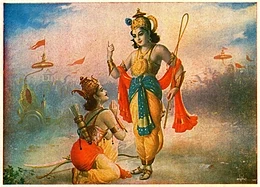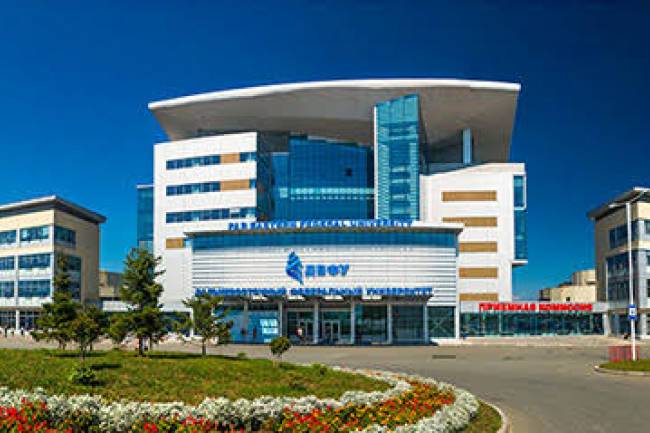
Maslow's Hierarchy of Needs
Maslow's hierarchy of needs is a motivational theory in psychology comprising a five-tier model of human needs, often depicted as hierarchical levels within a pyramid.
Needs lower down in the hierarchy must be satisfied before individuals can attend to needs higher up. From the bottom of the hierarchy upwards, the needs are: physiological, safety, love and belonging, esteem, and self-actualization.
Fullscreen
Deficiency needs vs. growth needs
This five-stage model can be divided into deficiency needs and growth needs. The first four levels are often referred to as deficiency needs (D-needs), and the top level is known as growth or being needs (B-needs).
Deficiency needs arise due to deprivation and are said to motivate people when they are unmet. Also, the motivation to fulfil such needs will become stronger the longer the duration they are denied. For example, the longer a person goes without food, the hungrier they will become.
Maslow (1943) initially stated that individuals must satisfy lower level deficit needs before progressing on to meet higher level growth needs. However, he later clarified that satisfaction of a needs is not an “all-or-none” phenomenon, admitting that his earlier statements may have given “the false impression that a need must be satisfied 100 percent before the next need emerges” (1987, p. 69).
When a deficit need has been 'more or less' satisfied it will go away, and our activities become habitually directed towards meeting the next set of needs that we have yet to satisfy. These then become our salient needs. However, growth needs continue to be felt and may even become stronger once they have been engaged.
Growth needs do not stem from a lack of something, but rather from a desire to grow as a person. Once these growth needs have been reasonably satisfied, one may be able to reach the highest level called self-actualization.
Every person is capable and has the desire to move up the hierarchy toward a level of self-actualization. Unfortunately, progress is often disrupted by a failure to meet lower level needs. Life experiences, including divorce and loss of a job, may cause an individual to fluctuate between levels of the hierarchy.
Therefore, not everyone will move through the hierarchy in a uni-directional manner but may move back and forth between the different types of needs.
The original hierarchy of needs five-stage model includes:
Maslow (1943, 1954) stated that people are motivated to achieve certain needs and that some needs take precedence over others.
Our most basic need is for physical survival, and this will be the first thing that motivates our behaviour. Once that level is fulfilled the next level up is what motivates us, and so on.
1. Physiological needs - these are biological requirements for human survival, e.g. air, food, drink, shelter, clothing, warmth, physical desires , sleep.
If these needs are not satisfied the human body cannot function optimally. Maslow considered physiological needs the most important as all the other needs become secondary until these needs are met.
2. Safety needs - Once an individual’s physiological needs are satisfied, the needs for security and safety become salient. People want to experience order, predictability and control in their lives. These needs can be fulfilled by the family and society (e.g. police, schools, business and medical care).
For example, emotional security, financial security (e.g. employment, social welfare), law and order, freedom from fear, social stability, property, health and wellbeing (e.g. safety against accidents and injury).
3. Love and belongingness needs - after physiological and safety needs have been fulfilled, the third level of human needs is social and involves feelings of belongingness. The need for interpersonal relationships motivates behavior
Examples include friendship, intimacy, trust, and acceptance, receiving and giving affection and love. Affiliating, being part of a group (family, friends, work).
4. Esteem needs are the fourth level in Maslow’s hierarchy - which Maslow classified into two categories: (i) esteem for oneself (dignity, achievement, mastery, independence) and (ii) the desire for reputation or respect from others (e.g., status, prestige).
Maslow indicated that the need for respect or reputation is most important for children and adolescents and precedes real self-esteem or dignity.
5. Self-actualization needs are the highest level in Maslow's hierarchy, and refer to the realization of a person's potential, self-fulfillment, seeking personal growth and peak experiences. Maslow (1943) describes this level as the desire to accomplish everything that one can, to become the most that one can be.
Individuals may perceive or focus on this need very specifically. For example, one individual may have a strong desire to become an ideal parent. In another, the desire may be expressed economically, academically or athletically. For others, it may be expressed creatively, in paintings, pictures, or inventions.
Saul McLeod

























